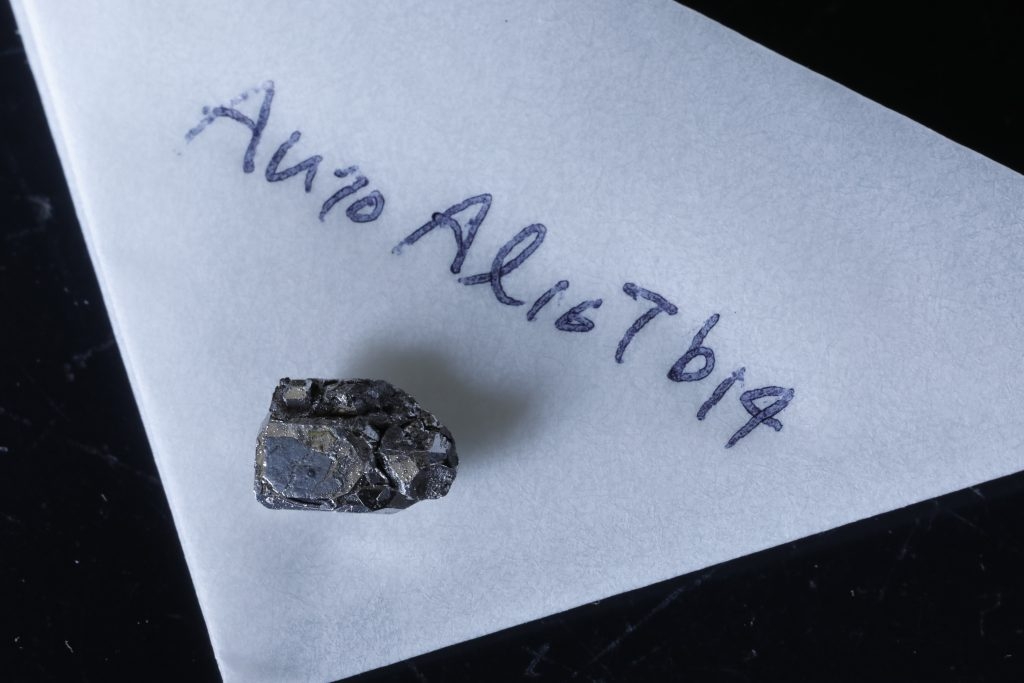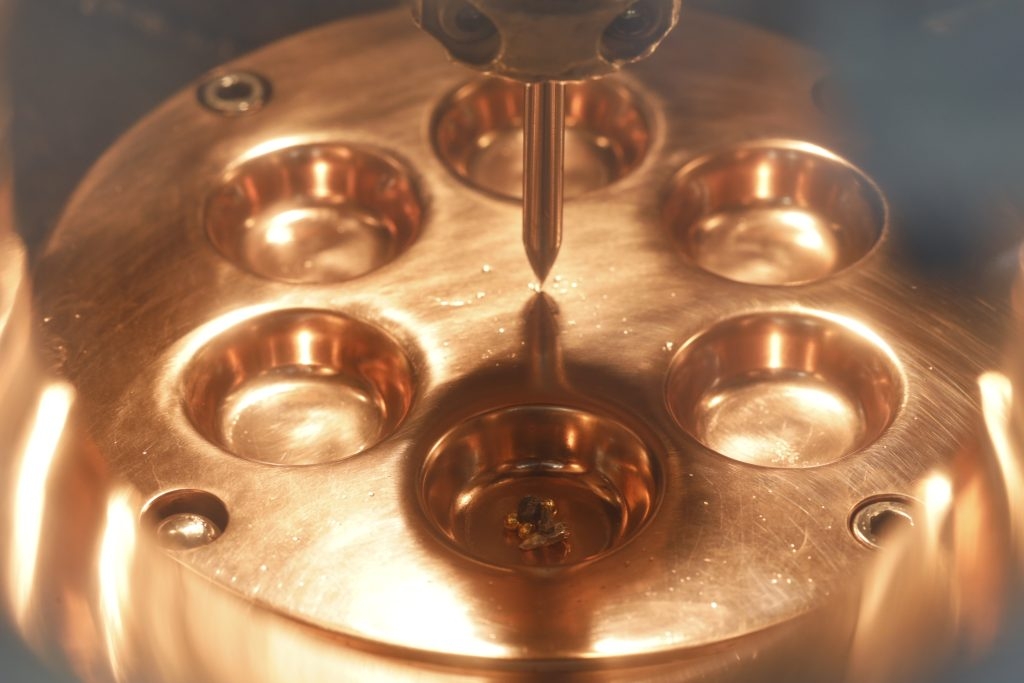Quasicrystals are a third state of solid matter, different from both crystalline materials and amorphous materials. Quasicrystals were first discovered in certain aluminum-manganese alloys in 1984, and they have now been identified in more than 100 alloy families. Researchers are also confirming the presence of quasicrystals in many non-alloy structures, including polymers, colloids, mesoporous silica, and oxides. Regular crystals have a structure in which atoms are ordered in a periodic manner. In quasicrystals, on the other hand, the ordering of atoms is non-periodic; instead, atoms are ordered according to an irregular periodicity called quasiperiodicity. The ordering of atoms in quasicrystals is elegantly described by high-dimensional crystallography. High-dimensional crystallography describes the ordering of atoms that is not periodic in three-dimensional space using a high-dimensional space that includes an extra complementary space. Hypermaterials is the definition for the group of materials that are uniformly described in a high-dimensional space with a complementary space. One characteristic of hypermaterials is their extremely precise symmetry, unlike regular crystals.

The most symmetric shape in the world is a sphere. Quasicrystals called icosahedral quasicrystals have the closest symmetry to a sphere. Many applications that exploit the near-perfect symmetrical geometry of icosahedral quasicrystals are currently being considered. Candidates include extremely soft magnetic materials, high-performance thermoelectric materials, high Tc superconductors, and thermal rectification materials, to name just a few. Taking magnetic materials for an example, no one had successfully created a quasicrystalline magnetic material. In 2021, about 40 years after the discovery of quasicrystals, our laboratory discovered the world’s first ferromagnetic quasicrystals. Finding out that a quasicrystal can be ferromagnetic was surprising in its own right, but research is already rapidly progressing toward understanding the singular properties hidden within quasicrystals, including their soft magnetic properties. In addition to their precise symmetry, hypermaterials have other remarkable characteristics such as high dimensionality, quasiperiodicity, and the phason degree of freedom, which are unthinkable in ordinary materials. It is exciting to see what other exceptional properties will be discovered in the future and what new applications they will lead to.

■ Main research themes